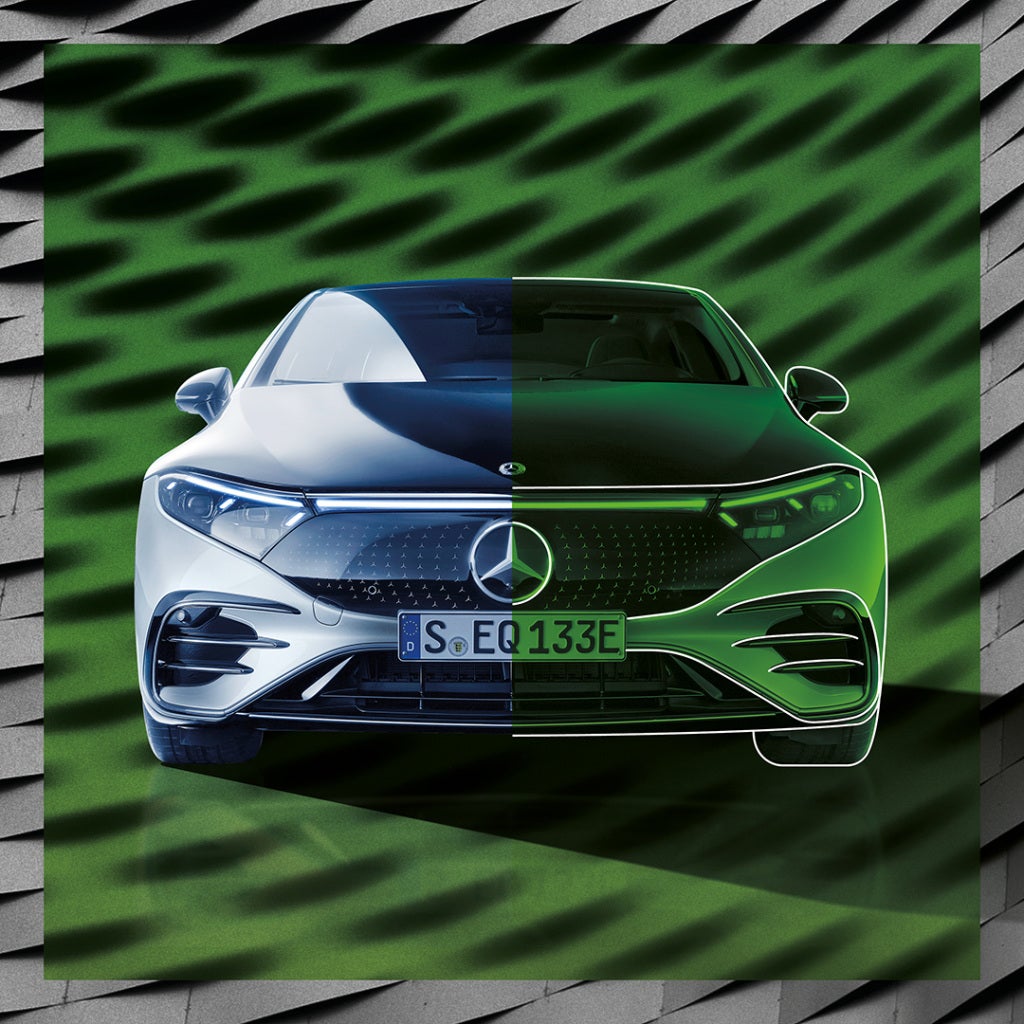
Daimler’s supervisory board has approved the Mercedes-Benz business plan for 2022 to 2026, endorsing the strategic plan for the brand to go fully electric.
Following the Daimler Truck spin-off, it will “focus on profit and growth opportunities in the passenger car and vans businesses”.
The most valuable luxury brand in the world will strive for leadership in the area of electric drives and car software.
The board signed off an investment plan of EUR60bn euros. Although the company plans to reduce capex, research and development expenditure for the electrification of the product line and digital measures, including steps towards automated driving, will remain at a high level.
CEO Ola Kaellenius said: “Our goal is technological leadership in the automotive luxury segment and in the area of premium vans while remaining committed to our ambitious margin targets.
Mercedes-Benz is preparing to go all electric by the end of the decade, wherever market conditions allow.

US Tariffs are shifting - will you react or anticipate?
Don’t let policy changes catch you off guard. Stay proactive with real-time data and expert analysis.
By GlobalDataThe investment plan for 2022 to 2026 remains in line with the goal of cutting capex and research and development spending by 20% between 2019 and 2025 and to further reduce it beyond then.
The key to achieving this is stringent prioritisation of future investments – mainly by focusing on electric mobility. The company expects that the use of standardised battery platforms and scalable vehicle architectures – together with advances in battery technology – will contribute to a reduction in the variable costs of vehicles. The proportion of battery costs in a vehicle is expected to decrease significantly this decade.


